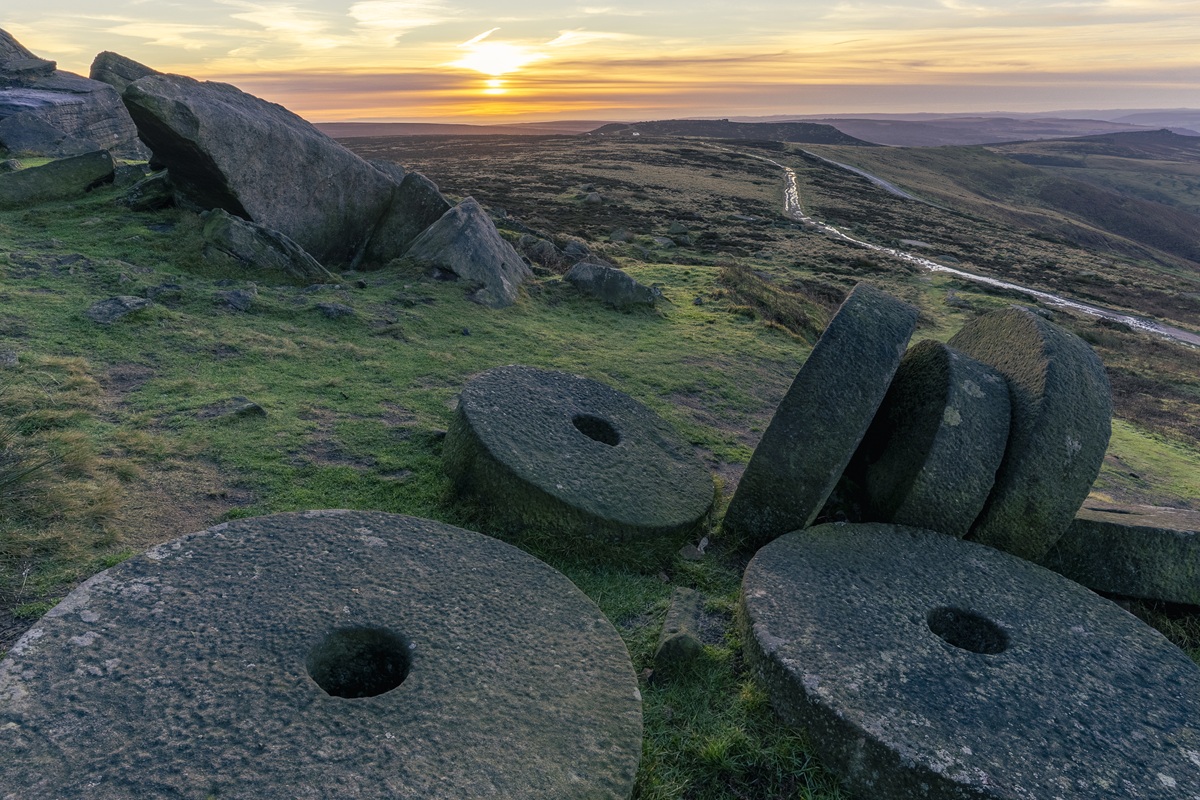Recently, stone tools and Neolithic stone circles were discovered along the Scottish coastline. These findings indicate that prehistoric humans settled further north than previously thought. Here’s an explanation.
A New Perspective
These discoveries were made on the Isle of Skye, revealing that humans occupied the present northern Scotland approximately 11,000 years ago. These individuals braved a chaotic landscape of glaciers and unpredictable coastlines, venturing far north of what experts once believed.
“This is an extremely important discovery offering a new perspective on the earliest known human occupation in the north-west of Scotland,” stated Karen Hardy, a prehistoric archaeologist at the University of Glasgow and lead author of a study on two archaeological sites on the Isle of Skye, published in the Journal of Quaternary Science.
Until recently, specialists knew little about the earliest human settlements in Scotland due to rising sea levels and the lack of organic remains for radiocarbon dating of archaeological sites in the area. However, the discovery of new stone tools shaped into points, blades, and scrapers in a style known as Ahrensburgian, which was used throughout north-central Europe at the end of the Upper Paleolithic, provides evidence that prehistoric humans traversed the Isle of Skye over 11,000 years ago.
Impressive Stone Circles
The researchers also discovered several stone circles ranging from three to five meters in diameter at a second archaeological site in the intertidal zone. Rocks approximately 50 centimeters in diameter were embedded in the muddy beach substrate to form a circle.
Due to the rising sea levels, these stone circles “are only visible during extreme spring tides and are exposed for about 2 to 3 hours a year,” the researchers wrote. “But the circles were likely terrestrial features when they were constructed.”
An Unstable Climatic Period
These stone circles are believed to have formed around 11,000 years ago during a period of unstable climate characterized by rapid glacier melting at the end of the last Ice Age. At the same time, the drop in sea level likely opened a land bridge between the southern part of the Isle of Skye and continental Scotland. Ancient peoples probably used this route to migrate northwest from what is now Germany and Belgium. Presently, this area connecting Britain to continental Europe is known as Doggerland, but it is now submerged under the North Sea.
The researchers concluded: “Reaching the northwest of Scotland would have required a complex journey through unknown terrain featuring steep mountains and expansive bodies of water. Living in Skye 11,000 years ago necessitated rapid adaptation by ancient populations to a constantly changing climate and environment. However, the abundance of stone tools and the curious circles suggest that a significant group of inhabitants thrived for a long time and established themselves in their new coastal life. The journey undertaken by these pioneers, who left their lowland territories in continental Europe to travel north into the unknown, tells the ultimate tale of adventure.”
Moreover, a tiny detail on an animal bone is reshaping the narrative of human history.
I’m a disabled, xennial Christ-follower, slightly off kilter (but aren’t all “ar-teeests”?).
Hope you enjoy my rantings, don’t take my sarcasm too seriously and know that comments are welcome. 🙂


Leave a Reply